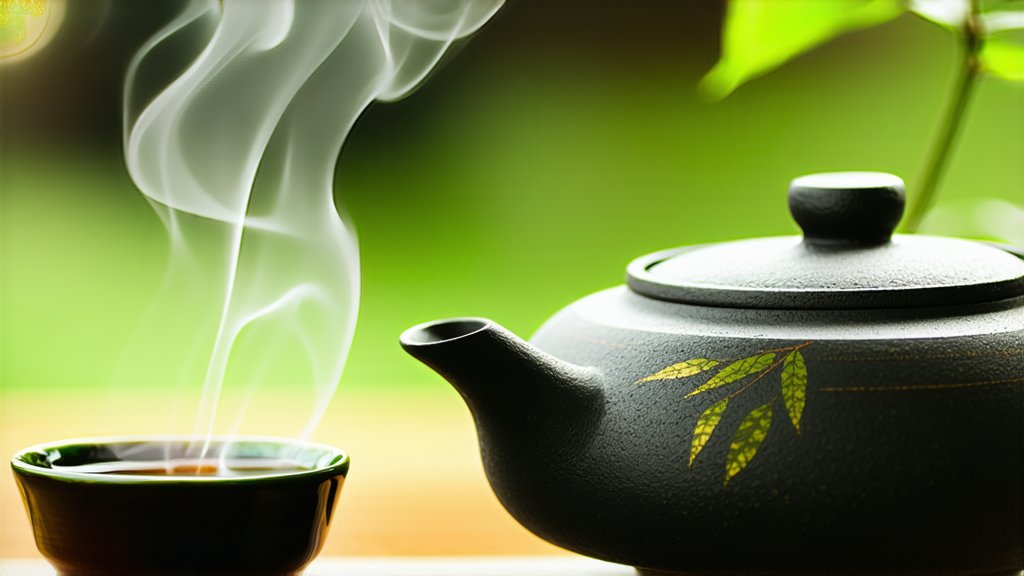
In the vast and diverse landscape of Chinese tea culture, few varieties capture the imagination quite like Keemun Black Tea. Originating from Qimen County in Anhui Province, this exquisite tea has a storied past that intertwines with the cultural tapestry of China. Join me on an illuminating journey through its history, varieties, meticulous craftsmanship, and the art of its appreciation.
Historical Tapestry
Keemun Black Tea, also known as Qimen Black Tea, boasts a history that dates back to the Tang Dynasty (618-907 AD), although its prominence surged during the Qing Dynasty (1644-1912). Legend has it that a local tea merchant named Xu Ganquan discovered the unique flavor profile of Keemun when his green tea shipment was delayed and accidentally fermented during transport. This serendipitous event laid the foundation for what would become one of the most celebrated black teas in the world.
Varieties and Distinctiveness
Keemun Black Tea is renowned for its distinctive tippy appearance, characterized by the golden tips that adorn the dark, lustrous leaves. These tips are not merely decorative; they contribute significantly to the tea's rich flavor and aromatic complexity. There are two primary grades of Keemun:
- Gong Mee (King's Grade): The highest quality, featuring a high proportion of golden tips and a full-bodied flavor with hints of orchid and fruit.
- Silver Needle: Slightly lower in grade but still prized for its smooth taste and floral notes.
Each variety offers a unique sensory experience, making Keemun a favorite among connoisseurs.
Craftsmanship: An Art Form
The production of Keemun Black Tea is a labor-intensive process that requires precision and expertise. Here is a glimpse into the traditional method:
- Withering: Freshly plucked leaves are spread out to wilt under the sun, reducing moisture content and preparing them for the next steps.
- Rolling: Leaves are rolled to break cell walls, facilitating oxidation and shaping the leaves into their characteristic twisted form.
- Oxidation: The rolled leaves are left to oxidize, turning them a deep copper color and developing complex flavors.
- Drying: Finally, the leaves are dried to halt oxidation and lock in the desired characteristics.
Each stage must be executed with care, as even slight variations can impact the final product's quality.
The Art of Appreciation
To fully appreciate Keemun Black Tea, one must engage all the senses. Here are some guidelines for an authentic tasting experience:
- Preparation: Use freshly drawn water heated to approximately 95°C (203°F). Preheat your teapot and cups to maintain the ideal temperature.
- Infusion: Place about 3 grams of loose leaf tea per cup into the teapot. Pour hot water over the leaves and let steep for 3-5 minutes, depending on your preference for strength.
- Observation: Admire the rich amber hue of the brewed tea, indicative of its depth and quality.
- Aroma: Inhale deeply to detect the subtle nuances of orchid, fruit, and malt that characterize Keemun.
- Tasting: Take small sips, allowing the tea to coat your palate. Note the initial sweetness, followed by the complex layers of flavor that unfold with each sip.
- Finish: Pay attention to the aftertaste, which should be smooth and lingering, leaving a pleasant impression.
Conclusion
Keemun Black Tea is more than just a beverage; it is a testament to the artistry and tradition that define Chinese tea culture. From its historical roots to its meticulous craftsmanship and sensory delights, Keemun continues to captivate tea enthusiasts around the globe. Whether you are a seasoned connoisseur or a curious newcomer, immerse yourself in the world of Keemun and discover the timeless elegance it offers.